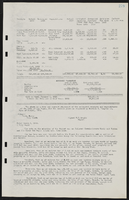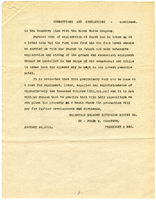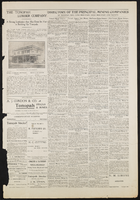Search the Special Collections and Archives Portal
Search Results
Robert Kneoki oral history interview
Identifier
Abstract
Oral history interview with Robert Kneoki conducted by Dave Harelik on March 14, 1981 for the Ralph Roske Oral History Project on Early Las Vegas. Kneoki discusses growth, crime, and religion in Nevada. He also talks about the silver mines, MX missiles, and transient people.
Archival Collection
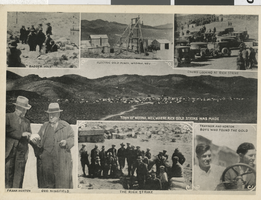
Postcard of scenes in central Nevada, circa 1927-1930s
Date
Archival Collection
Description
Image

Map of the state of Nevada to accompany the annual report of the Commr. Genl. Land Office, October 2, 1866
Date
Description
Image
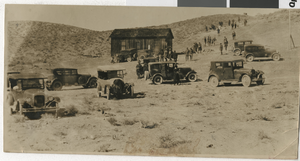
Photograph of a great rush going in the Pioche Mountains, Weepah, Nevada, 1927
Date
Archival Collection
Description
Image
Xniea L. Baird oral history interview
Identifier
Abstract
Oral history interview with Xniea L. Baird conducted by Larry Holcomb on April 04, 1976 for the UNLV University Libraries Oral History Collection. In this interview, Baird discusses her early life and growing up in Goldfield, Nevada. She talks about the devastating Goldfield fire of 1923, flooding in the area, and mineral mining. Baird describes Esmeralda County, Nevada when it was mostly tent houses, and the increase of population in Goldfield at the time.
Archival Collection
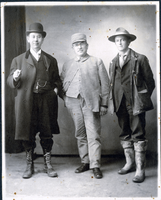
Davis, Shoemaker, and Hubbard: photographic print
Date
Archival Collection
Description
Image

